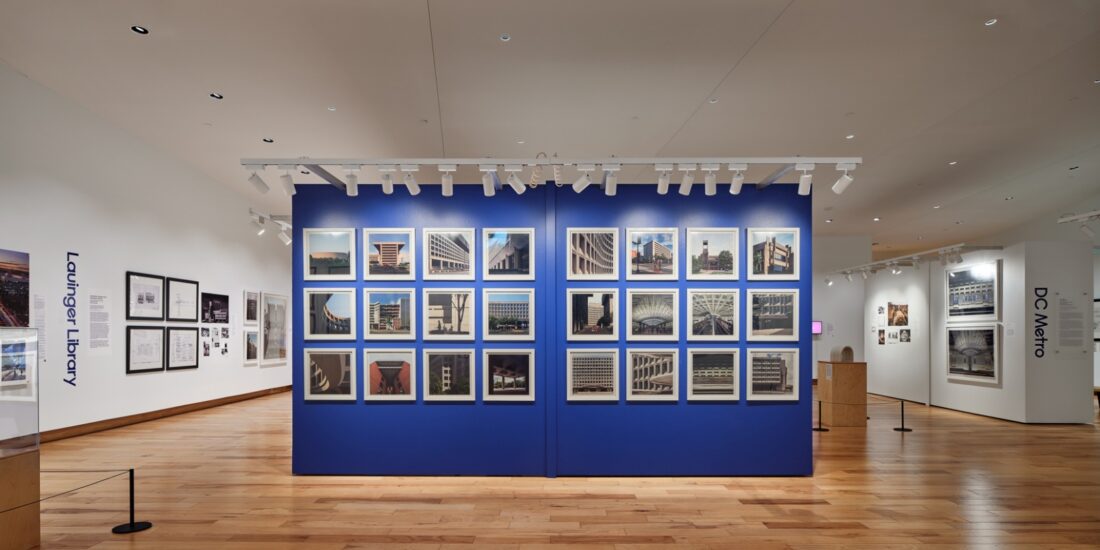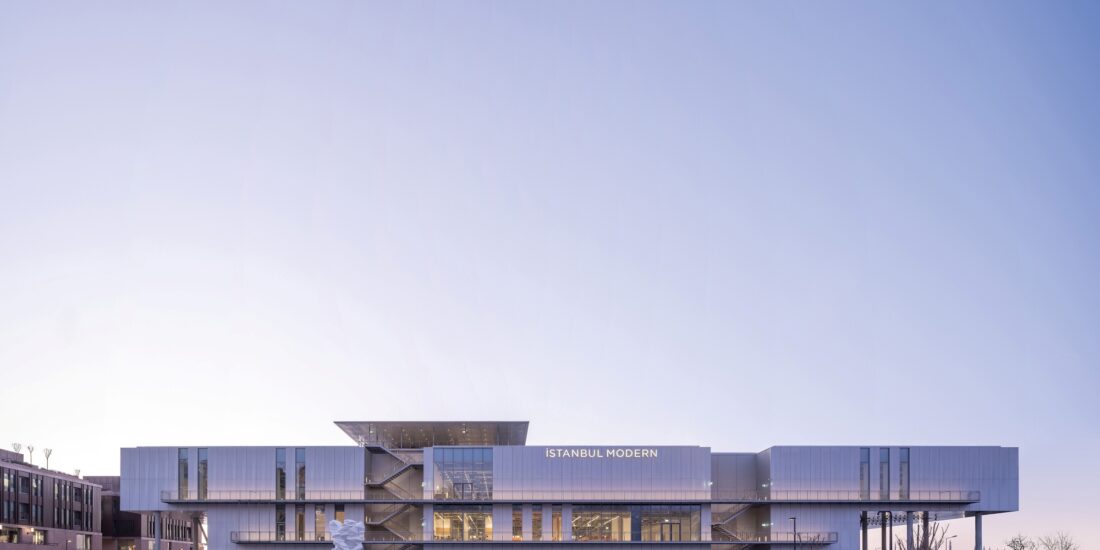The Seamlessness of Design during the Pandemic
Mohammad Hassan Forouzanfar, Iranian architect and visual artist, says that as the effect of the Coronavirus progresses, low-passive shelters become less of a prerequisite while boundaries for functions shift.
 Mohammad Hassan Forouzanfar looks at life with a clear vision and he usually identifies historic buildings to mimic situations that render the world at the time of a particular crisis. Earlier, to touch on the topic of retrofitting or restoration, he created a series called Retrofuturism series, where he selected a few pre-Islamic castles across Persian towns, and merged them with contemporary landmarks, bringing about a new definition of architectural restoration.
Mohammad Hassan Forouzanfar looks at life with a clear vision and he usually identifies historic buildings to mimic situations that render the world at the time of a particular crisis. Earlier, to touch on the topic of retrofitting or restoration, he created a series called Retrofuturism series, where he selected a few pre-Islamic castles across Persian towns, and merged them with contemporary landmarks, bringing about a new definition of architectural restoration.
As Iran went through very critical conditions, Mohammed wanted to represent the value of life over everything else and that’s when he conceptualized this new illustration.
“This is to signify that one’s life becomes dearer because human aspirations are tied to it. Now that the priority is with humans and the continuation of life, everything is sacrificed, even the sacred things that he worshiped. He now makes himself more sacred than the things he revered,” explains Mohammad about his new interpretation.

 Under normal circumstances we have seen old houses become cafes, ruins are museums, niches are communal workspaces and so on. But today Cristiano Ronaldo offers luxury hotels to his patients, a news which was later identified as false information, Iran Mall (Iran’s largest commercial center) becomes a field hospital. The sports stadiums wait for hospital beds. There is still much to be done to bring global capacity down or to provide care to the distressed, but the images imagine the worst possible.
Under normal circumstances we have seen old houses become cafes, ruins are museums, niches are communal workspaces and so on. But today Cristiano Ronaldo offers luxury hotels to his patients, a news which was later identified as false information, Iran Mall (Iran’s largest commercial center) becomes a field hospital. The sports stadiums wait for hospital beds. There is still much to be done to bring global capacity down or to provide care to the distressed, but the images imagine the worst possible.
“Where man goes to the most sacred, most important, and most historic places to save himself,” explains Mohammed, “These images are not ordinary, as the situation demands. Just imagine that in the Kaaba (Muslim Qibla) killing a fly is a great sin, and we imagine a human being gets killed by a virus on the bed. Or, in front of the Catholic Church, where congregations gather for disaster relief or prayer services, people die one after the other.”
He says, “The atmosphere of hope seems hopeless.”

 Mohammed imagines the “Kaaba” in Mecca, “Piazza San Pietro” in Vatican, “Imam Square” in Isfahan and “Place Charles de Gaulle” in Paris as places to house the sick as life seems more precious than anything else.
Mohammed imagines the “Kaaba” in Mecca, “Piazza San Pietro” in Vatican, “Imam Square” in Isfahan and “Place Charles de Gaulle” in Paris as places to house the sick as life seems more precious than anything else.
“”Only the one who knows the greatest degree of misery can understand the greatest degree of happiness,” said Alexandre Dumas and thus man needs to see death at his doorstep to understand the value of being alive.”
We ask Mohammed how he intends to use architecture to make sense of this pandemic and life after.
“As we know, this epidemic has affected everything in the world, and all global managers are reflecting on new situations. Economics, politics, education, technology, sports, art, social law, etc. are all redefining and adapting to new conditions. Well, architecture is no exception.
Today we are all residing in our homes and have to stay home for a long time. It is important for architects to rethink the potential of homes for emergencies. Also, therapeutic settings with a stress reduction and crisis anxiety approach should be re-designed. Emergency shelters and hideouts should be studied to address their disadvantages and limitations.”

 The collages Mohammed has made symbolically reflect on important public spaces. Are all public places capable of changing their intended functions under critical conditions, he asks.
The collages Mohammed has made symbolically reflect on important public spaces. Are all public places capable of changing their intended functions under critical conditions, he asks.
“Do sacred places lose their function in times of crisis? Is there a connection between the holy places that are promising and the critical situations? My collages are going to get us thinking about these questions,” he says.




